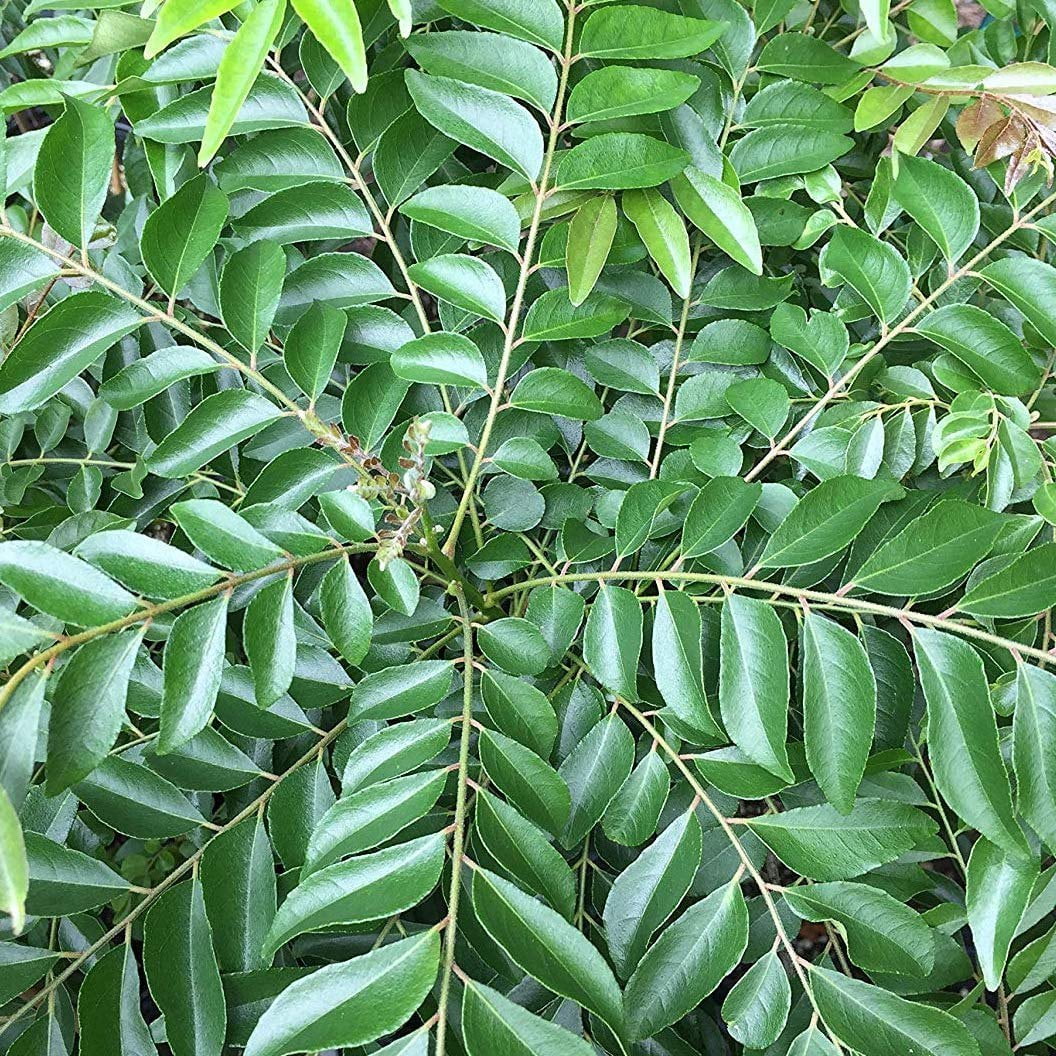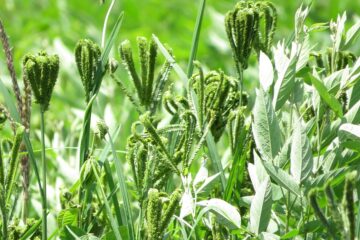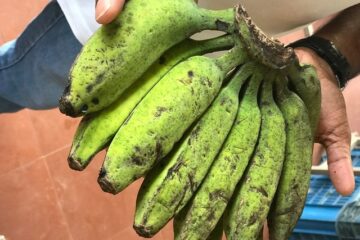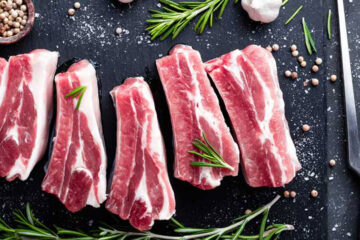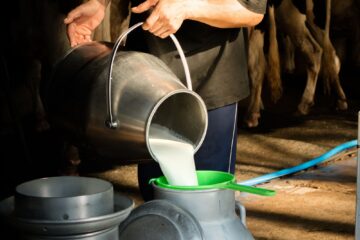Curry leaves hold an indispensable place in our cuisine. They are used in various dishes like curries, gravies, rasam, and buttermilk, adding aroma and enhancing taste, making the food more appealing. Due to this, curry leaves are often referred to as the “mother’s love” in cooking.
Known by many names such as “kariveppilai,” “karuvappilai,” and “kariyappilai,” its botanical name is Murraya koenigii. Belonging to the neem family, there are two types: country curry leaves and wild curry leaves. The country variety is edible, while the wild variety is medicinal. The wild curry leaves are larger and more bitter. This plant can be categorized as either a small tree or a large shrub and grows abundantly in the mountains and forests of India. It can also be grown in home gardens.
The leaves, bark, roots, and berries of the curry leaf tree are used both as food and medicine. They are mildly bitter and slightly hot. Typically, country curry leaves possess a combination of sweetness, bitterness, and a pleasant aroma. Curry leaves stimulate appetite and promote healthy digestion. They help in reducing body fluids.
Curry leaves help expel gas from the stomach and prevent flatulence. When added to watery foods, they impart a pleasant aroma and flavor, making them more appetizing and reducing the tendency for quick digestion. While they strengthen the stomach, they may cause intestinal dryness. Hence, it’s customary to add a little ghee to dishes containing curry leaves.
Curry leaves chutney holds a special place in dietary meals prescribed for patients. For those suffering from diarrhea, dysentery, and reflex-induced bowel movements, regular consumption of curry leaf chutney can gradually alleviate these issues and promote intestinal health. Heavy eaters can first mix a little curry leaf chutney with their food to aid digestion.
To prepare curry leaf chutney for dietary meals, mix roasted tamarind, roasted salt, roasted chilies, and urad dal with curry leaves and grind them into a paste with water. This chutney acts as an excellent remedy for poor appetite, flatulence, bile-induced vomiting, indigestion, and stomach cramps.
Traditional Practices
- For Digestive Health: Mix equal parts of curry leaves, pepper, rock salt, cumin seeds, peeled dry ginger, and fried asafoetida, and store them. During lunch, mix a small amount with hot rice and ghee, eat a little first, then consume the rest of the meal.
- For Bile Disorders: Take a handful of curry leaves, a little cumin, and turmeric, grind them with water into a paste the size of a chickpea, and consume it on an empty stomach for 45 days to cure bile-induced mental disturbances.
- For Diabetes: Mix curry leaf powder with a little rock sugar and consume a teaspoon with cool boiled water in the morning and evening to treat diabetes and flatulence.
- For Children’s Digestive Health: Mix curry leaf pulp with breast milk, add cloves and long pepper, and give the extract to children 2-3 times to stop vomiting and stimulate appetite.
- For Bile Vomiting: Boil curry leaf bark, neem bark, and amla bark in water and drink it in the morning and afternoon to cure bile-induced vomiting. The oil extracted from the roots and seeds of curry leaves is used in Siddha medicine to soothe the body.
Curry Leaf Porridge
Pound curry leaves with rice, add roasted chilies, fried vasambu, senna flower, and powdered adivithayam (five grams each), and boil with water. Drinking this can relieve indigestion, flatulence, and abdominal bloating.
Dr. B. Kumaraswamy, Former Government Siddha Physician, Chengalpattu-603001.

